Marbella has more to offer than beach and shopping. The old town of Marbella in particular invites you to take a stroll.
Whitewashed houses stand in the old town of Marbella. If you stroll along the narrow streets here, you will discover many a hidden shop and restaurant and will certainly pass the famous Orange Square.
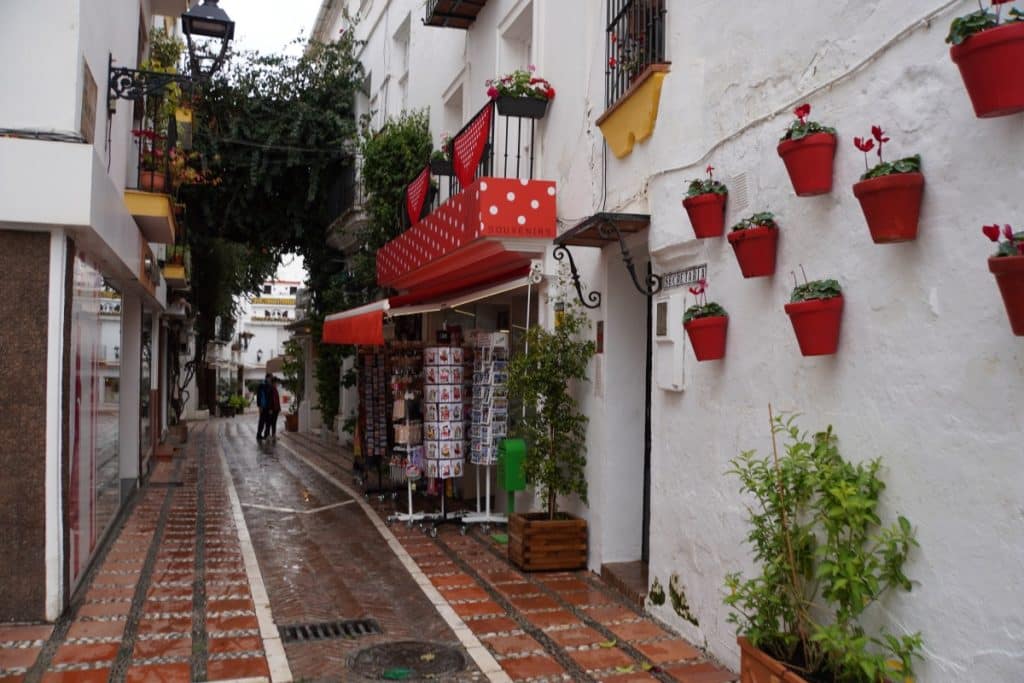
Discover the 8 must-visit places in and around Marbella’s old town.
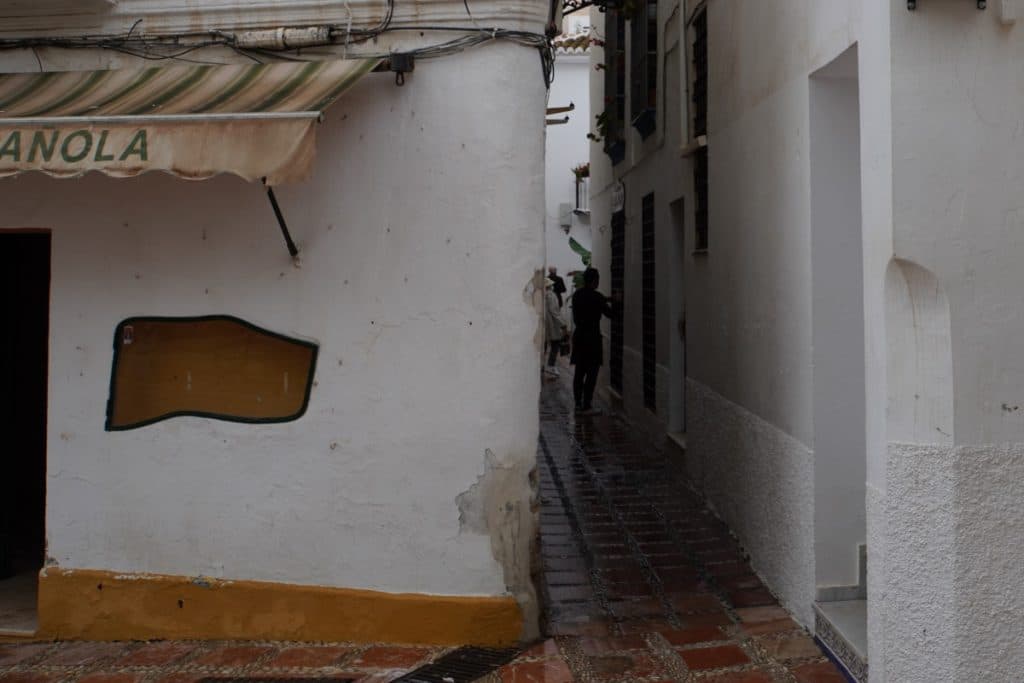
Parque de la Constitución
The rather small and inconspicuous Parque de la Constitución is located directly on the beach promenade. Until about 1950, the grounds belonged to a private estate, but today it is open to everyone free of charge. In addition to a café and a children’s playground, the city’s open-air theatre is also located here.
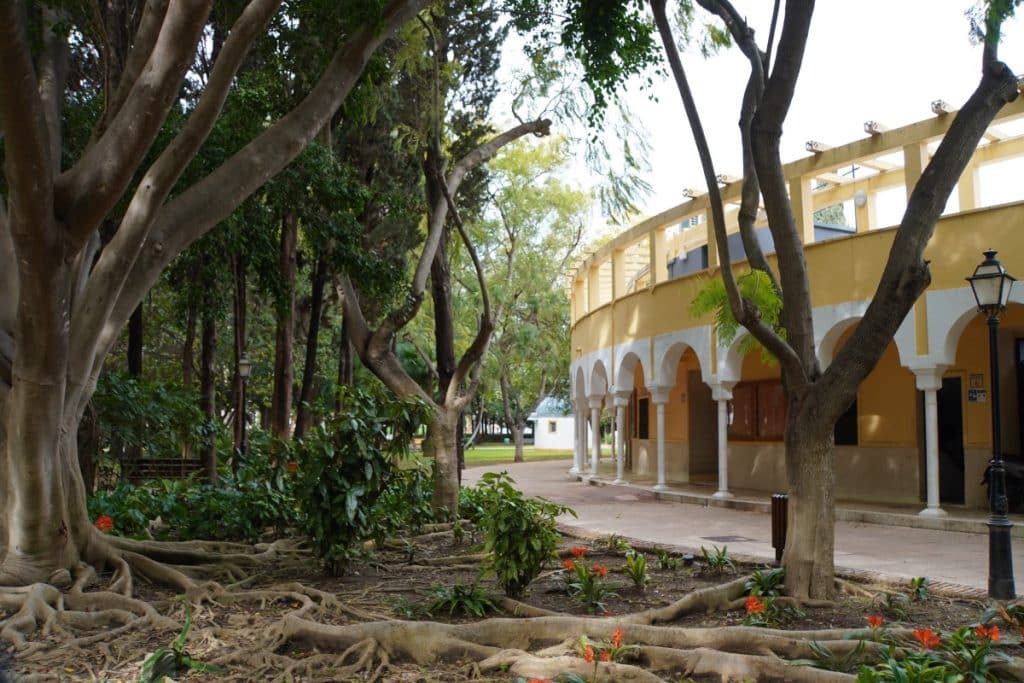
In the summer, there are regular events here. In March, everything was still closed here and so all we could do was look through the door to see something of the theatre. The special highlight of the park is an observatory where demonstrations and sky observations are offered regularly.
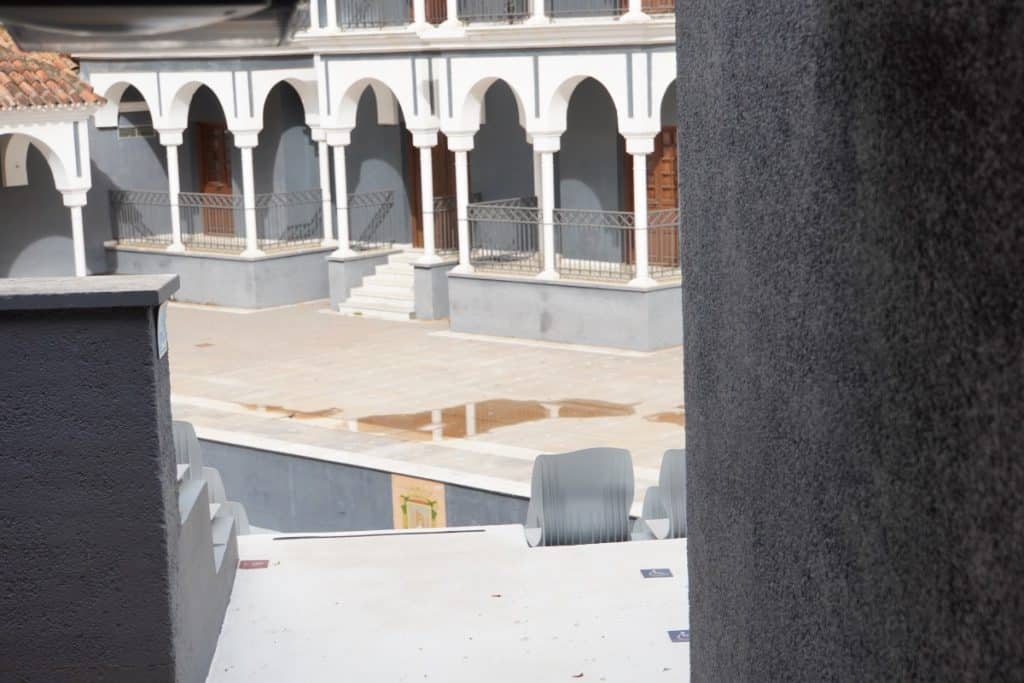
Avenida del Mar
The Avenida del Mar connects Marbella’s waterfront promenade with the Alameda Park. Since it was renovated in 1990, the street is one of the most magnificent streets in the city. Even during rain and sandstorms, the street was able to impress me. The floor is covered with marble, there are arcades and landscaped flower beds. Numerous restaurants and cafés are located at the edge of the pedestrian zone. When everything is planted here in summer and the sun is shining, the Avenida des Mar certainly looks even more impressive.
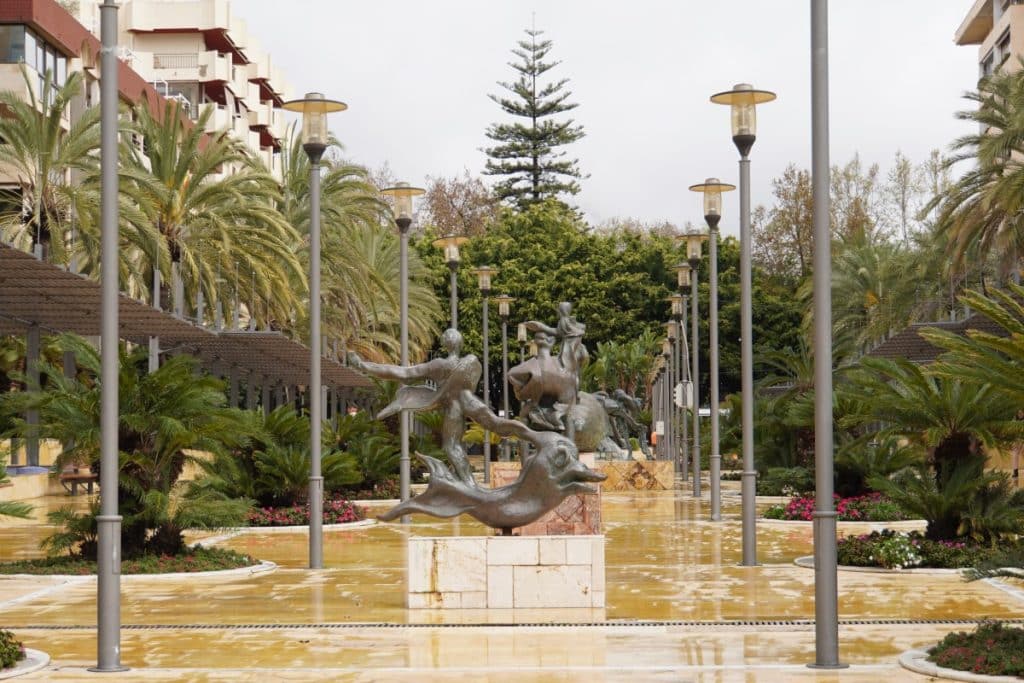
I find the bronze sculptures on display here particularly impressive. Salvador Dalí created them and placed them there. The very large works of the artist invite you to the free open-air exhibition. Where else in the world can you see such surreal works by the artist on a street.
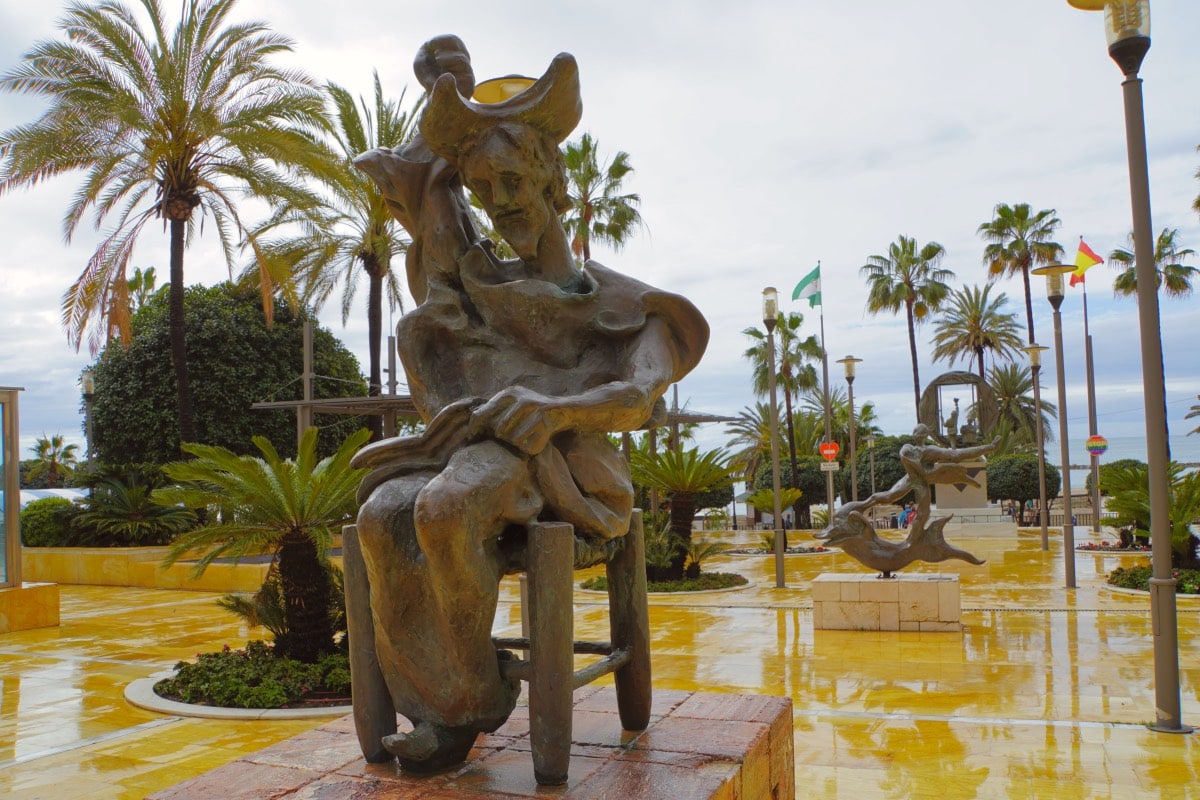
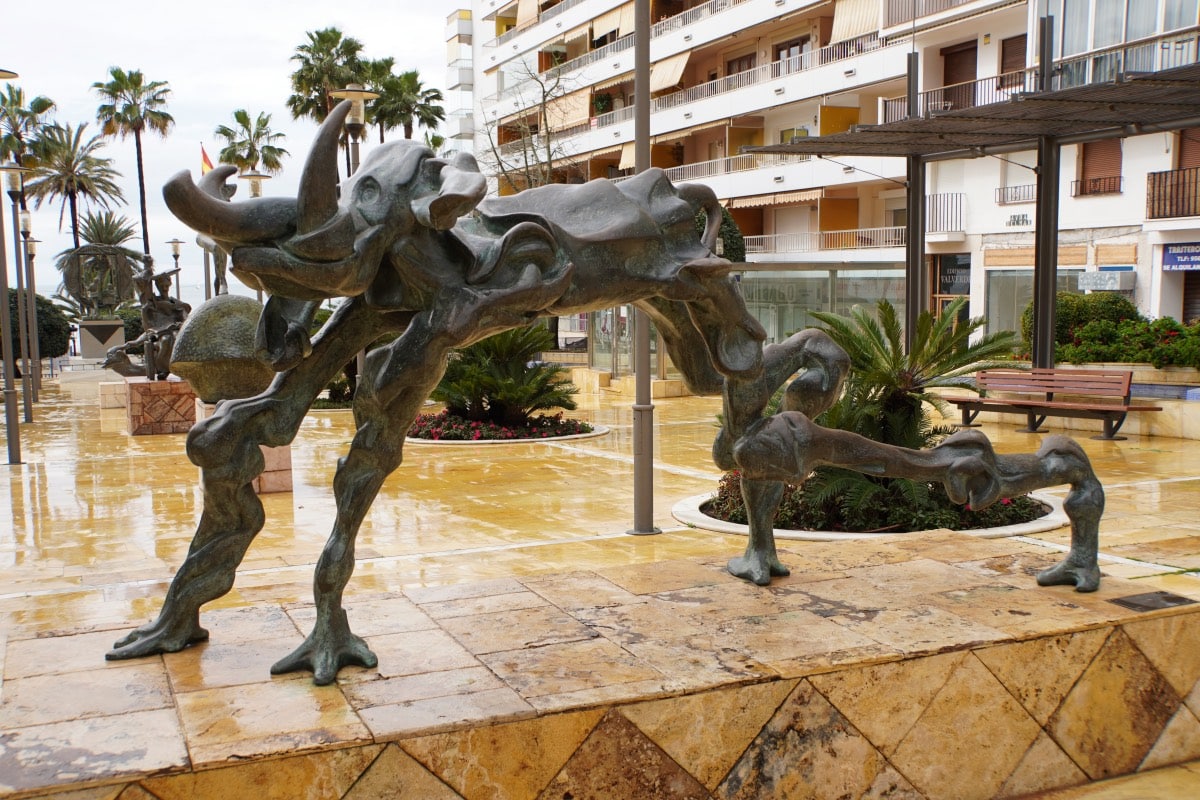
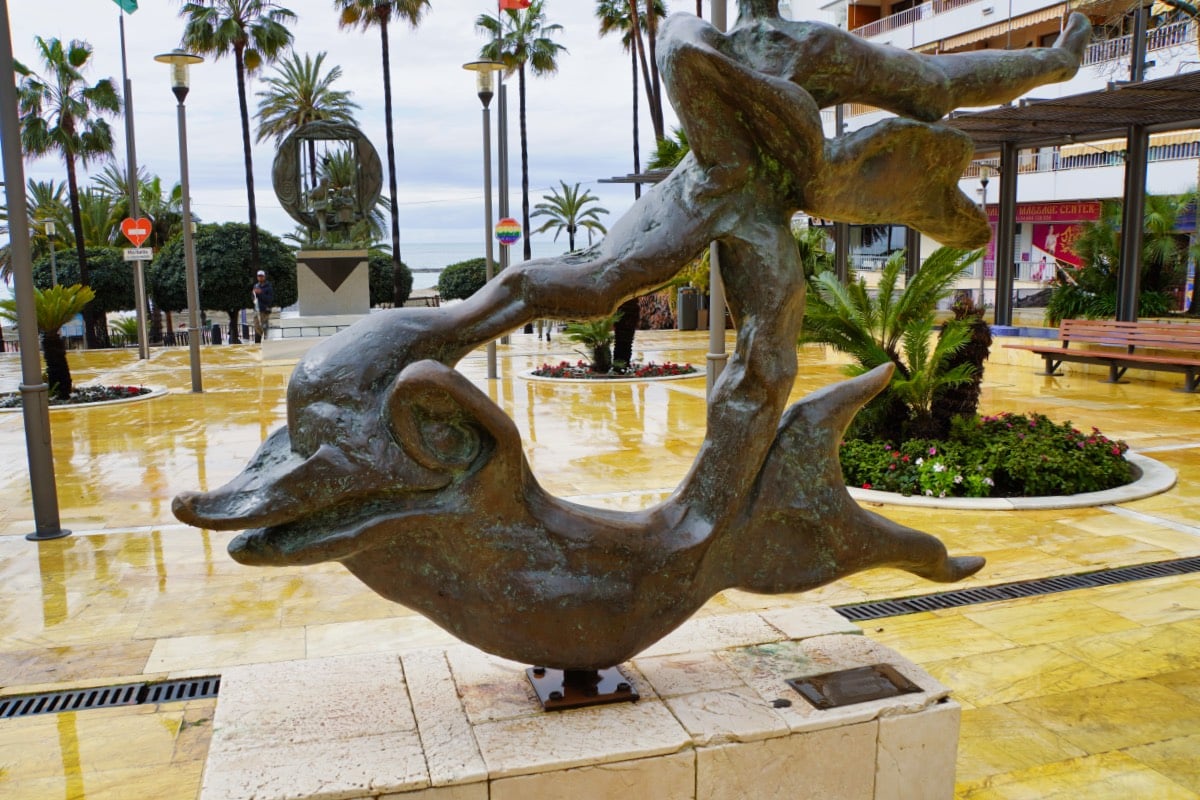
You may or may not find the works beautiful, but you are impressed in any case. I particularly liked the works called Hombre Sobre Delfin, Don Quijote Sentado and Elefante Cosmic.
Parque de la Alameda
If you walk from the Avenida del Mar towards the old town, you will cross the Parque de la Alameda. The park is the green lung of Marbella and you are sure to find a place on the benches made of colourful tiles under the huge trees. I really liked the benches. The motifs on the tiles showed many places worth seeing in Marbella and were almost a little travel guide with great tips for excursions.
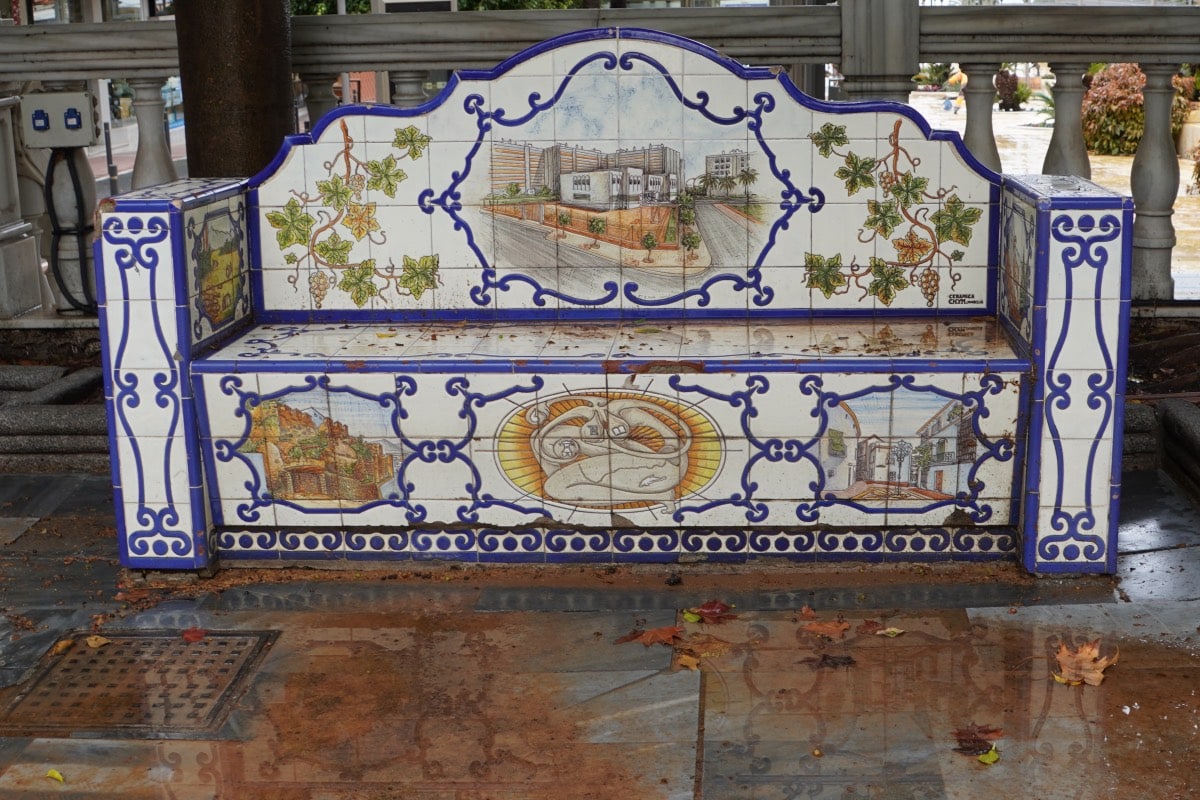

I particularly liked the large fountain, which is also decorated with beautiful tiles showing different Andalusian regions.
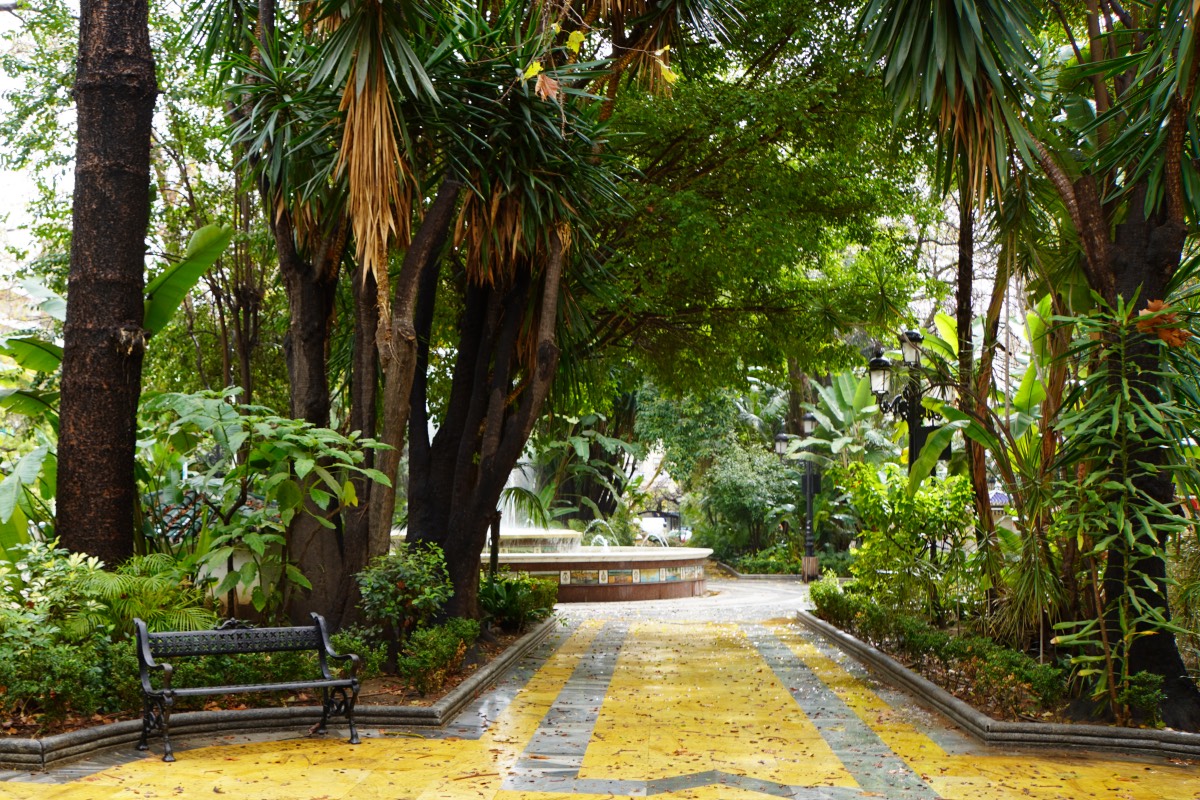
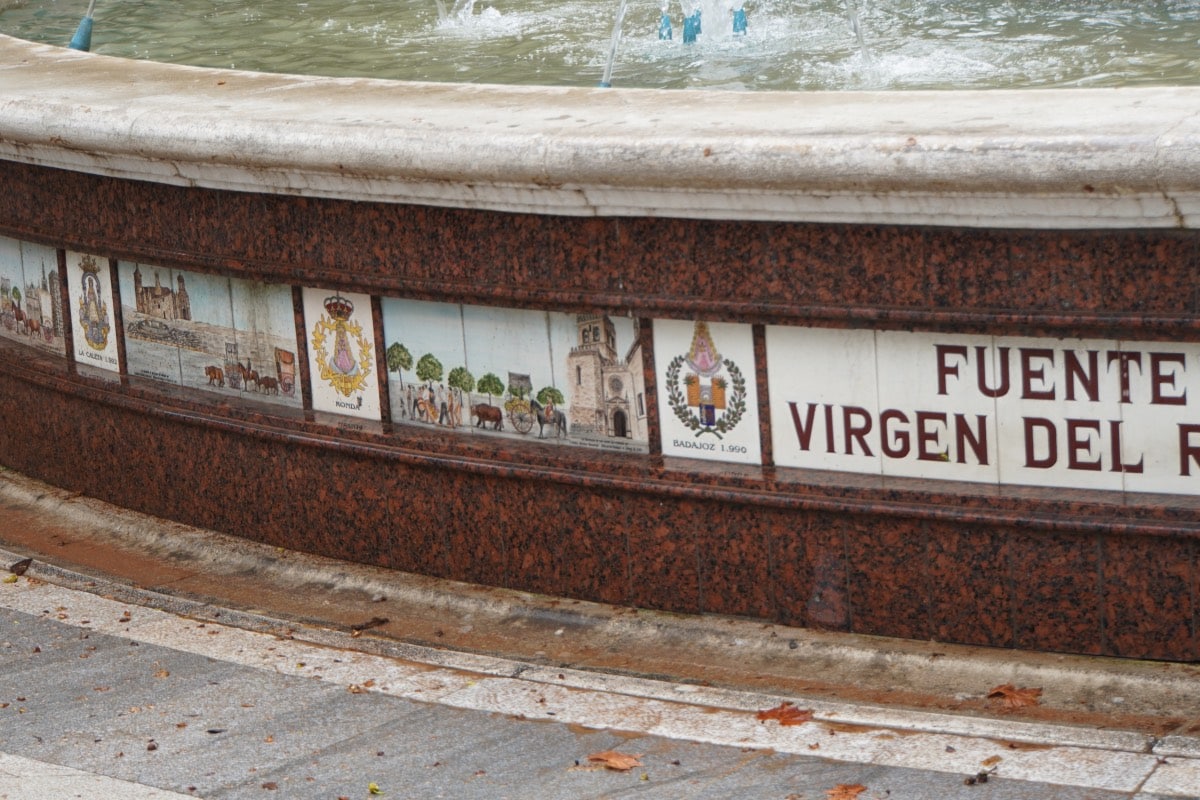
Those who want to brush up on their botanical knowledge will find many interesting plants in the park, which was laid out in the 18th century, such as various species of ficus.
Iglesia de Nuestra Señora de la Encarnación
In the middle of the old town of Marbella stands the church of Santa María de la Encarnación. Today the building is a Christian church. Before the reconquest of Marbella on 11 June 1485 by King Ferdinand, there was a mosque on this site. This was first consecrated and placed under the authority of a bishop.
Over the years, the church has been renovated time and again. There were originally three entrances, of which two still exist today. Nevertheless, the building structure was apparently so damaged that construction of a new church began around 1750.
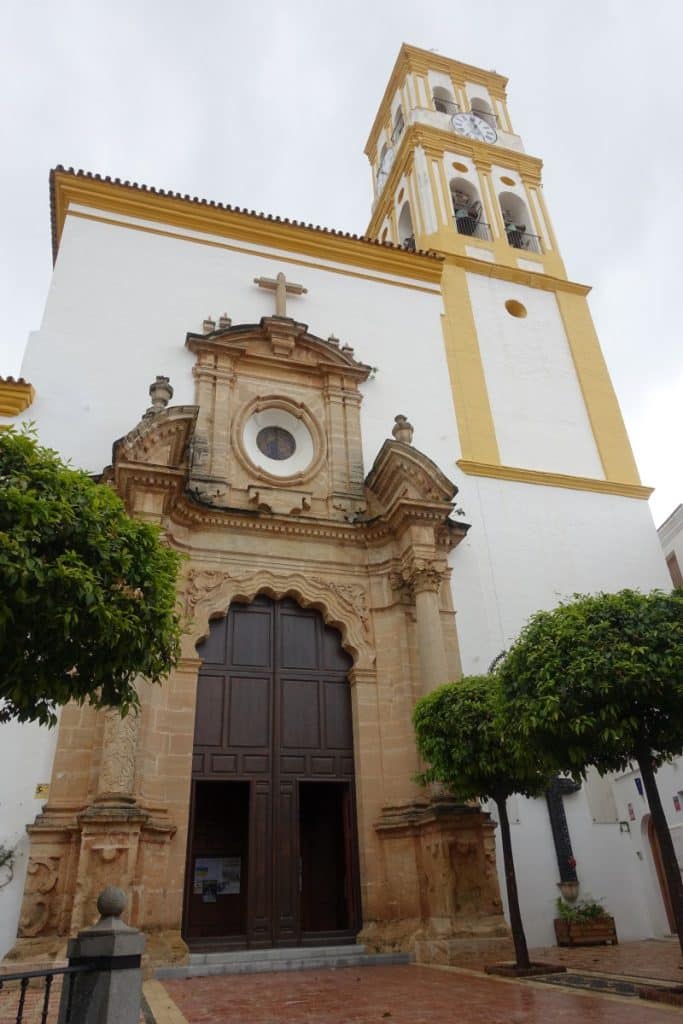
In 1755, a stonemason was commissioned to build the portal of the main entrance. After the building work was completed in 1762 so that the church could soon be used for services, the construction of pews was commissioned. The church was consecrated in 1767. In 1813, the town council financed the church’s first steeple clock, which was bought in England. It was not until 1902 that marble slabs were laid over the existing clay floor of the church.
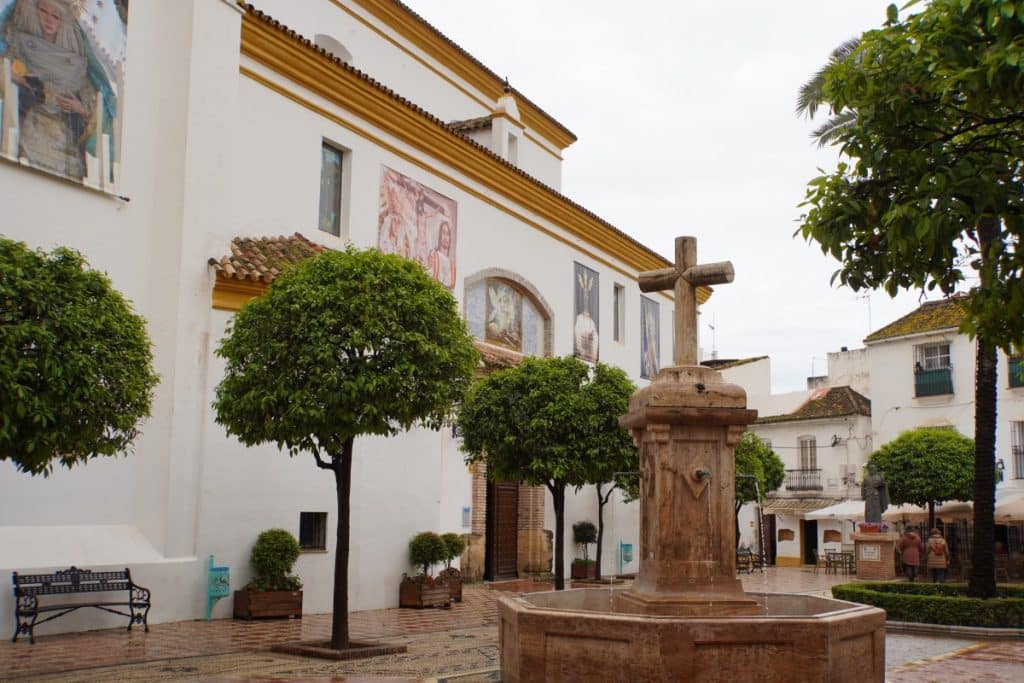
Right next to the church is a large square with a fountain, which is a popular meeting place at weekends.
The old city wall of Marbella
Like almost every old Arab city, there was also a city wall around Marbella. It was built in the 11th century and a few sections are still visible in the townscape today.
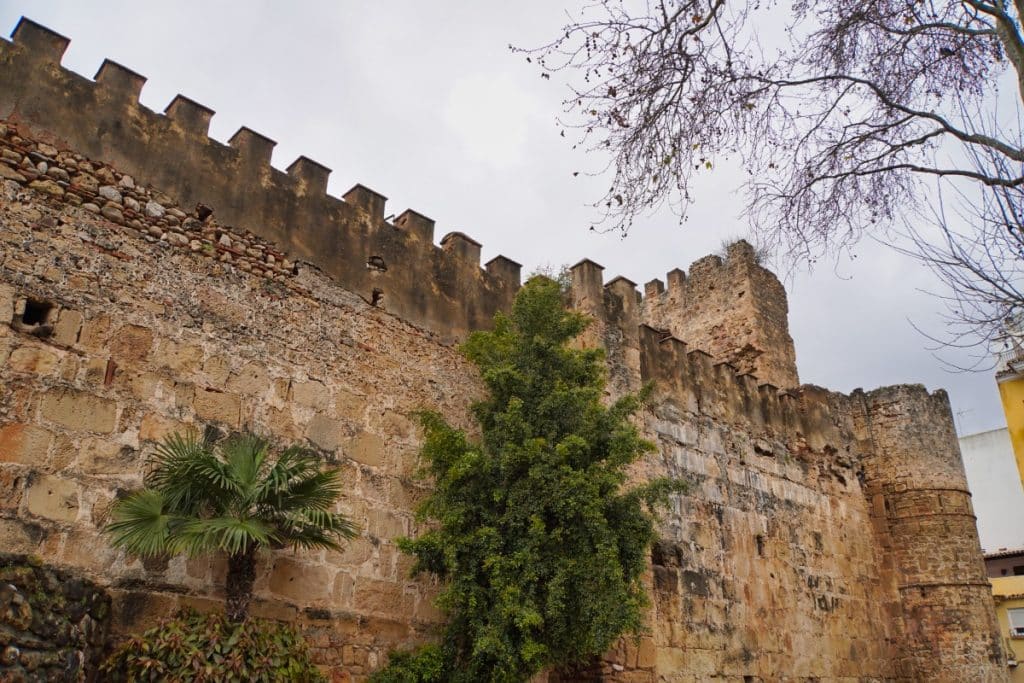
If you take a closer look at the old city wall, you will notice that the builder apparently integrated existing materials into the wall. There are some ashlars and Roman capitals that are older.
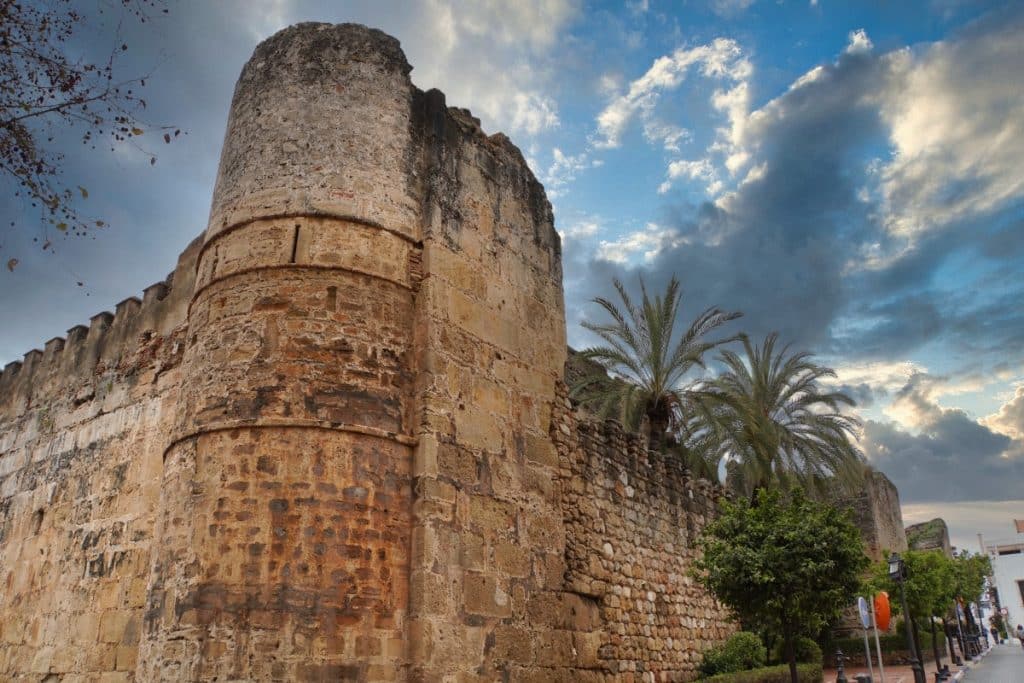
The city wall had at least 10 towers. Some of them were given names by the Christian conquerors in the later course of the city’s history, and these names have survived for a long time. For example, there was a White Tower, a Bell Tower or an Iron Gate Tower.
Sight in the old town of Marbella: Plaza de los Naranjos
One of the most famous squares in Marbella is the “Orange Square”, the Plaza de los Naranjos, in the heart of the old town. Since 1941, numerous orange trees have grown around the square, giving it its name.
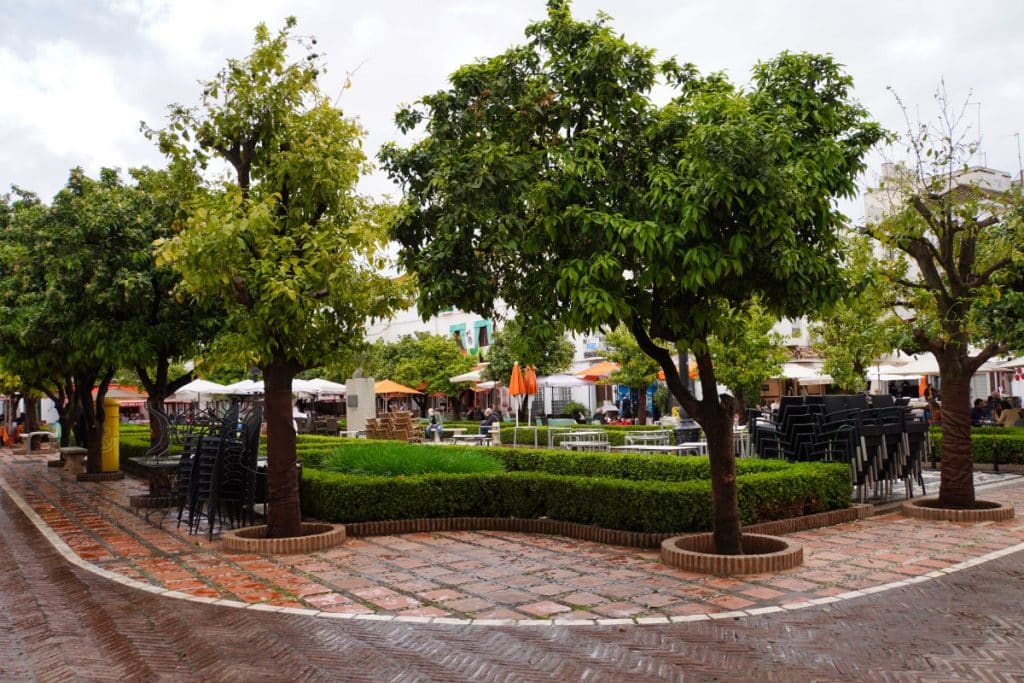
Objectively, the square with the surrounding buildings is really worth seeing. However, I didn’t really like it. The neighbouring restaurants have set up their tables everywhere and offer food to tourists. You are constantly asked if you would like to eat at xy. We ate there on our first night in town and the atmosphere was nice. The food was ok, but we later discovered offers that offered better value for money.
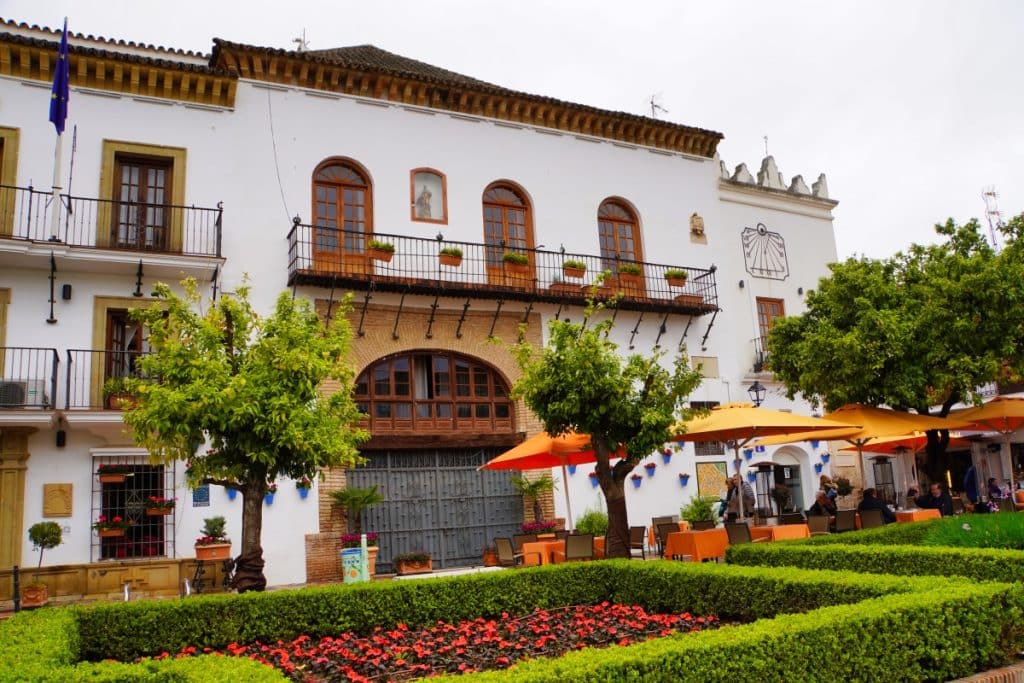
Directly on the Plaza de los Naranjos is also Marbella’s town hall. The building dates back to the 16th century and is built in the Renaissance style. I liked the façade design with the sundial and the commemorative stones. The stones, written in Castilian, commemorate the takeover of the city by the Catholic King.
Parque Arroyo de la Represa
Only a few steps away from the remains of the city wall is the Parque Arroyo de la Represa. For me, one of the sights in Marbella with a recreational factor.
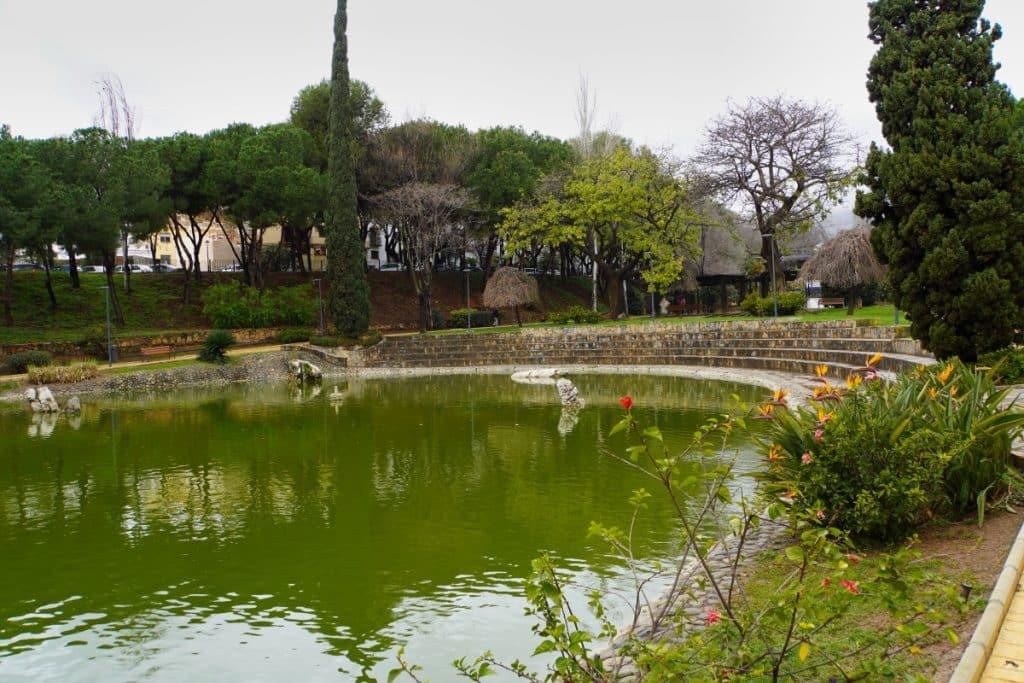
Since 1993, an approximately 2-kilometre-long area has formed a link between the Barrio de Santa Marta and the old town. The small Resresa stream ripples along the paths and meadows, artificially created lakes invite you to linger. If you sit down on a bench in the shade, you will discover not only numerous ducks and fish, but also water turtles.
The vegetation of the park is divided into areas with native plants, such as the Spanish firs, and areas with tropical plants. Many of the trees and shrubs are marked with small plaques so that you can identify the plant genus.
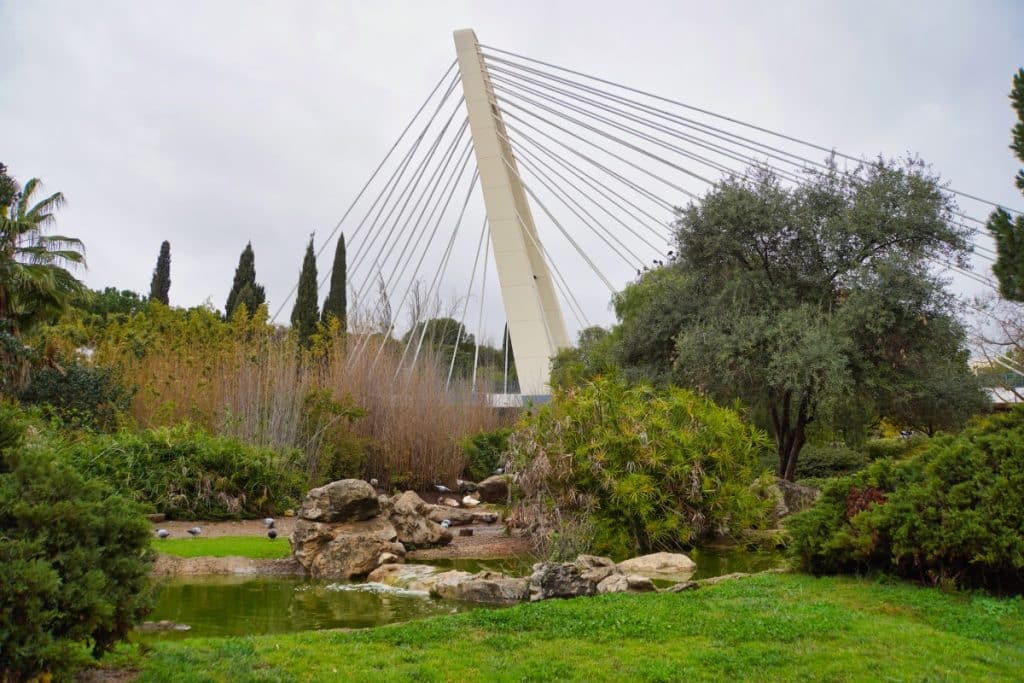
Once across the park stretches a cable-stayed bridge that has become one of the city’s landmarks.
Plaza de Toros de Marbella the bullfighting arena
In June 1964, the bullring in Marbella opened its doors. For many years, the traditional bullfights took place here. Famous bullfighters performed there and thrilled the spectators.
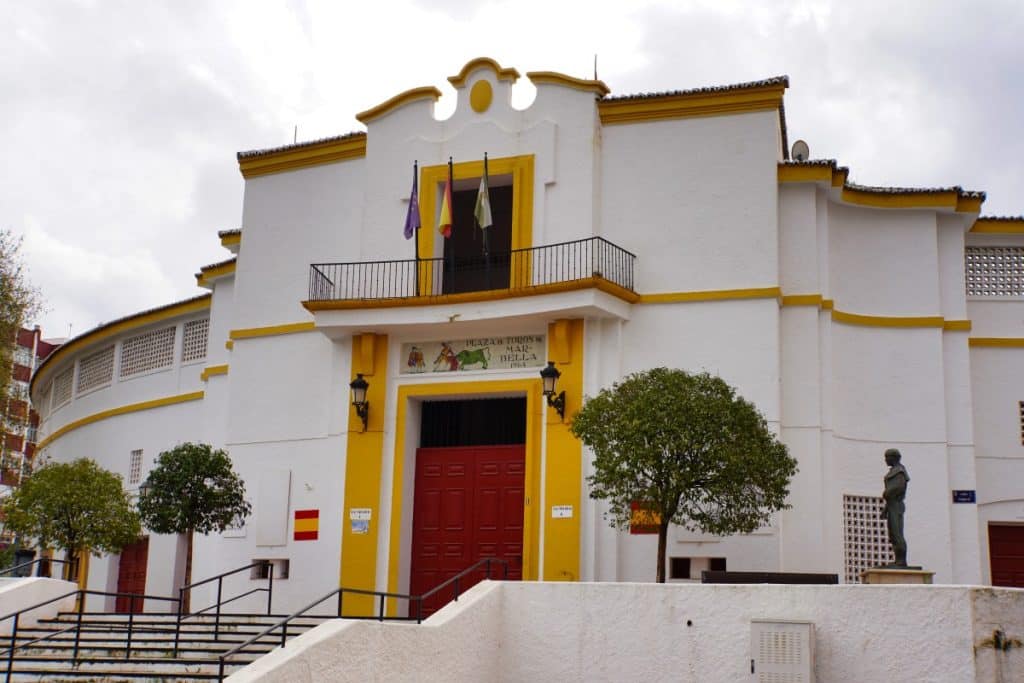
In total, there was room for about 9500 spectators in the stands of the round arena. As with all bullrings I have seen so far, there are numerous entrances to the individual areas.
Fortunately, the time of bullfights is over in Marbella. In 2019, the historic building began to be renovated. Bullfights will no longer take place here, but the place will be available for cultural events.




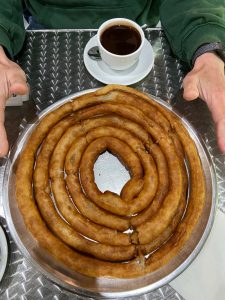
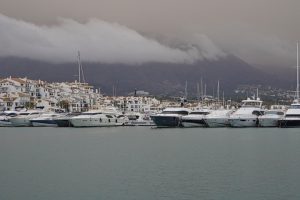
Leave a Reply